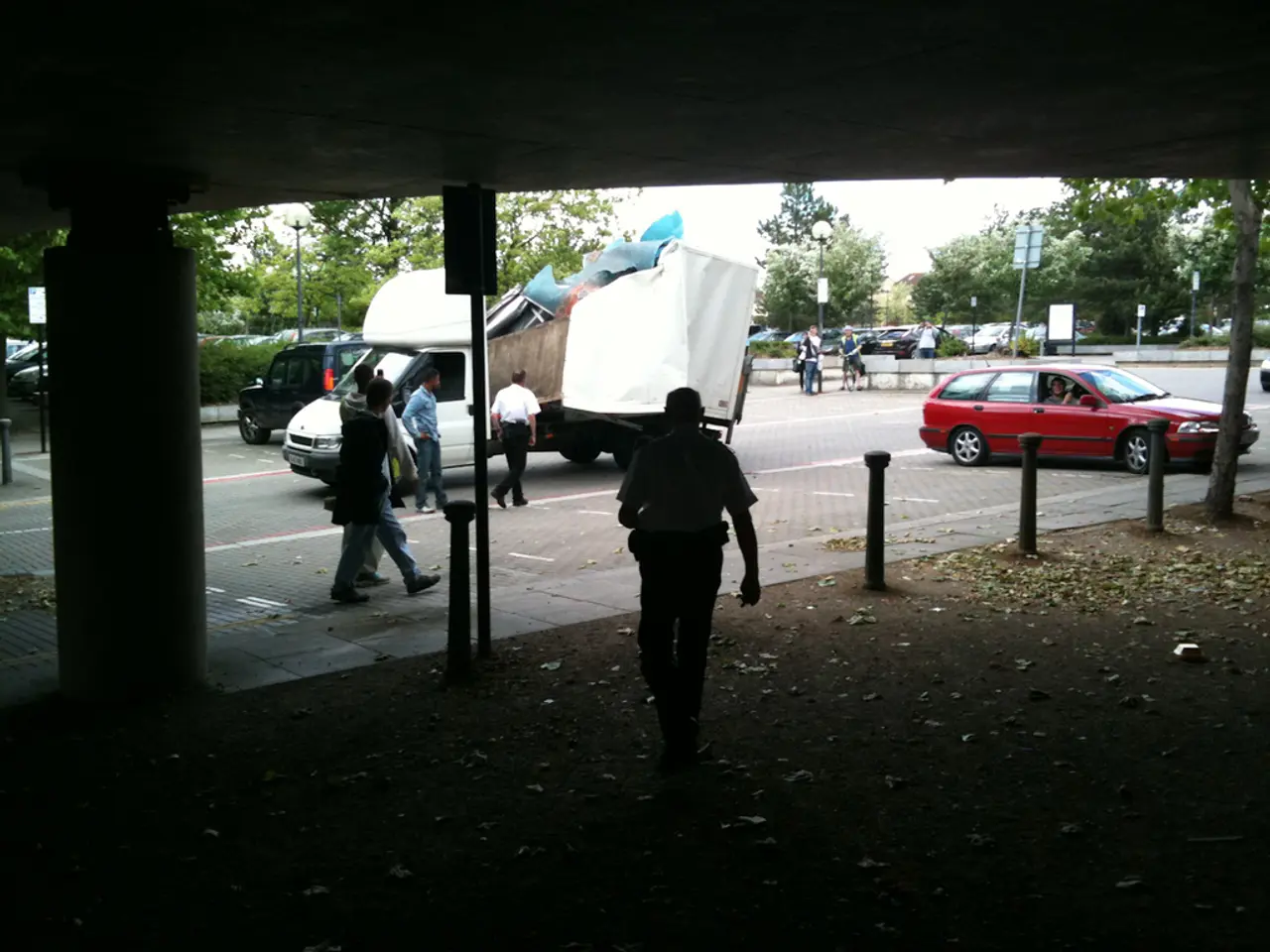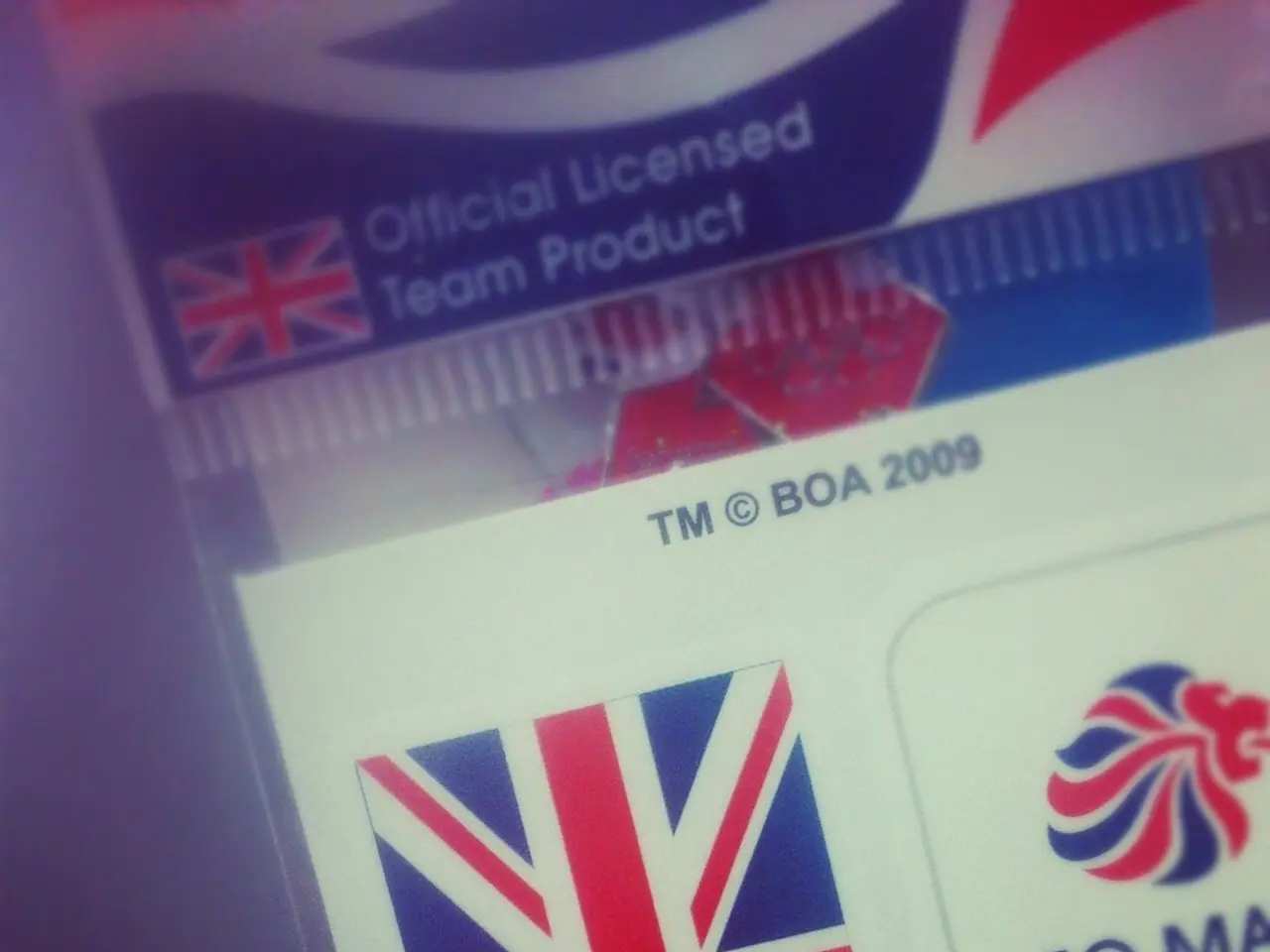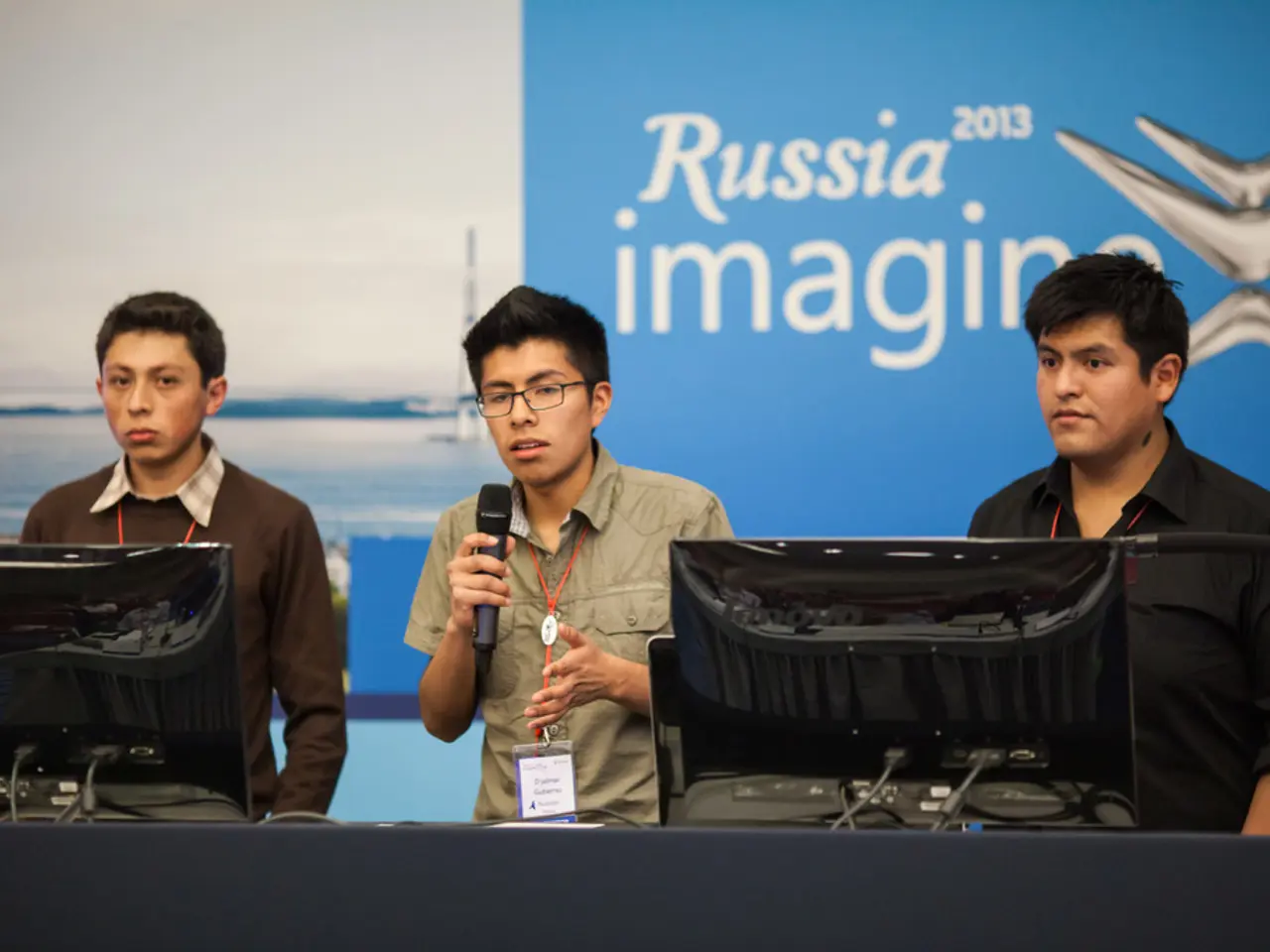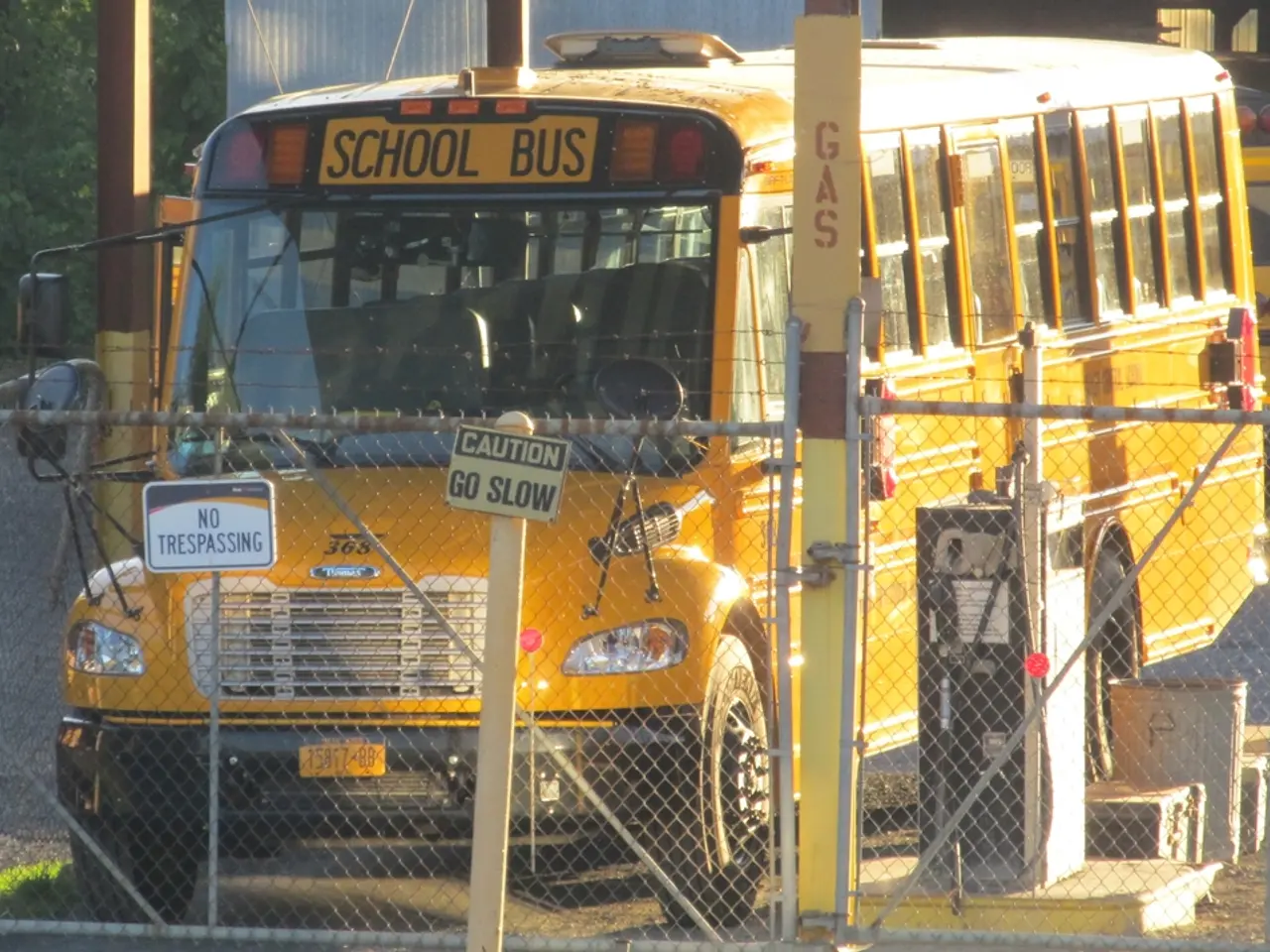South Korea's Café Explosion Approaching Market Overcrowding Limit
South Korea's Booming Coffee Shop Industry Faces Intense Competition
The coffee shop industry in South Korea has witnessed significant growth over the years, with a strong coffee culture deeply ingrained in daily life. This growth has led to a highly competitive and densely saturated market, as evidenced by the surge in the number of coffee shops.
According to recent data, coffee product sales in South Korea reached approximately 3.47 trillion South Korean won in 2023, with steady growth since 2008. Consumption continues to rise, with Koreans drinking coffee daily, reflected in high monthly household spending on coffee (around 956,000 KRW).
However, this growth has also led to a saturated market, with over 100,000 coffee outlets operating as of 2022. This intense competition has placed pressure on brands to retain customer loyalty amid price wars.
One such brand, Caffe Bene, reached 932 domestic stores in 2014 but trimmed back to 850 at the end of March 2015 and posted a 3.3 billion won net loss in the first three quarters of 2015. In response, Caffe Bene is looking to expand in Southeast Asia to drive growth.
Other chains, like Starbucks, have benefited significantly from this boom. Starbucks entered the South Korean market in 1999 and is one of the largest coffee chains in the country. Starbucks Coffee Korea, a joint venture between Starbucks and South Korean hypermarket operator E-Mart, has 860 stores in South Korea. In 2014, Starbucks posted a 20% increase in net profit to 30.77 billion won, on revenue of 617 billion won.
The market's saturation has also led to operational challenges. Coffee franchises like Starbucks Korea have recently implemented stricter policies to manage "seat hogs" — customers occupying tables for extended hours, sometimes with large electronic equipment — as a response to complaints and to improve seat turnover.
Convenience stores such as 7-Eleven are now offering cheaper cups of coffee (1,000 won), causing smaller players to feel the heat. In response, 7-Eleven increased brewed coffee sales by 88 percent in 2015 after introducing drip coffee at a lower price.
The market's density is particularly evident in Seoul, where nearly one in every two buildings has a coffee shop. Seoul has more coffee shops per capita than Starbucks' hometown Seattle and San Francisco.
Despite the challenges, innovation in the coffee market continues. Zoo Coffee has opened about 200 franchise stores in China since entering the country in 2013 and announced a tie-up with China's giant Dalian Wanda Group to open 50 stores per year there. Cafe Droptop opened its first overseas outlet in Shanghai in November.
In summary, South Korea's coffee shop industry is marked by robust growth and a highly competitive, densely saturated market. Franchise chains dominate the landscape, facing challenges from both internal competition and shifting consumer behaviors, leading to strategic adaptations such as seating policy changes to sustain profitability and customer turnover.
[1] Coffee Shop Industry in South Korea: Market Size, Growth, and Challenges (2023) [2] Innovation in the Global Coffee Market: Trends and Opportunities (2023) [3] The Evolution of Coffee Consumption in South Korea (2023) [4] The Impact of Convenience Stores on South Korea's Coffee Market (2023) [5] Adapting to the Densely Saturated Coffee Shop Market in Seoul (2023)
The competition in South Korea's coffee shop industry, fueled by the industry's growth, extends to the realm of finance, as brands strive to preserve customer loyalty amid price wars and seek new avenues for expansion. For instance, Caffe Bene plans to expand in Southeast Asia to drive growth, while Starbucks, a dominant player, has benefited significantly from the boom and continues to expand its presence in the country.
On the other hand, business strategies also involve innovations to tackle operational challenges, such as Starbucks Korea's implementation of stricter policies to manage seat hogs and improve seat turnover. Additionally, smaller players face heat from competitors like 7-Eleven, prompting them to innovate and adapt, like 7-Eleven increasing brewed coffee sales through lower prices.




